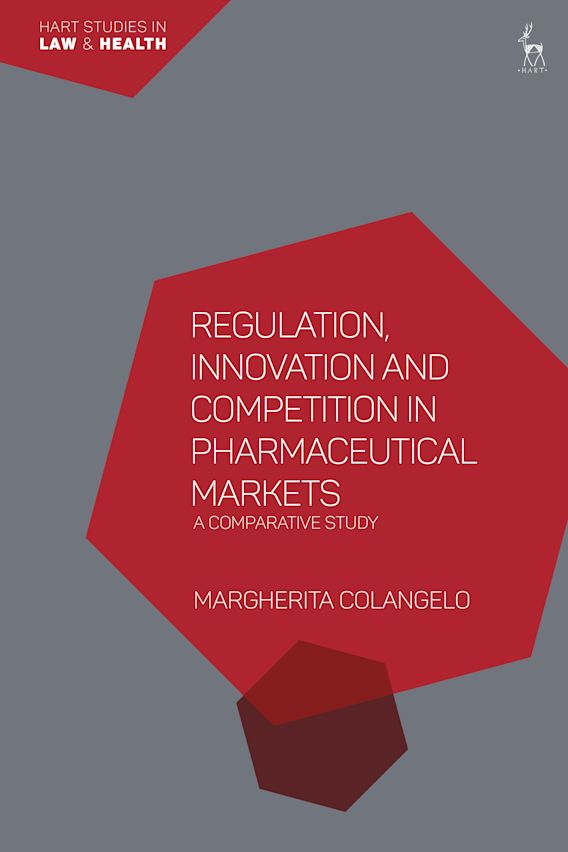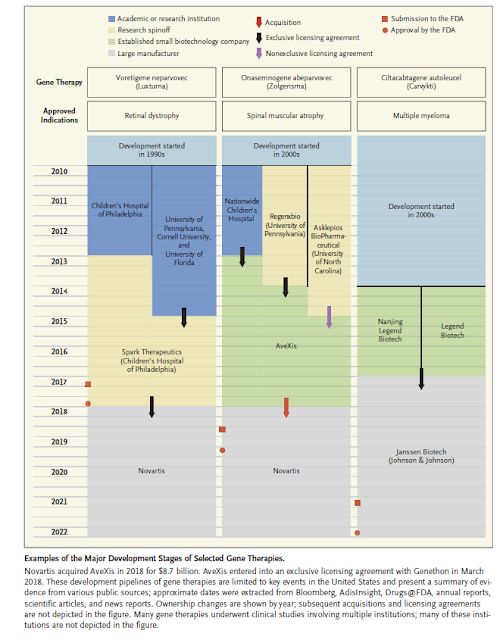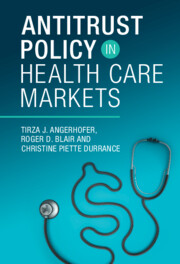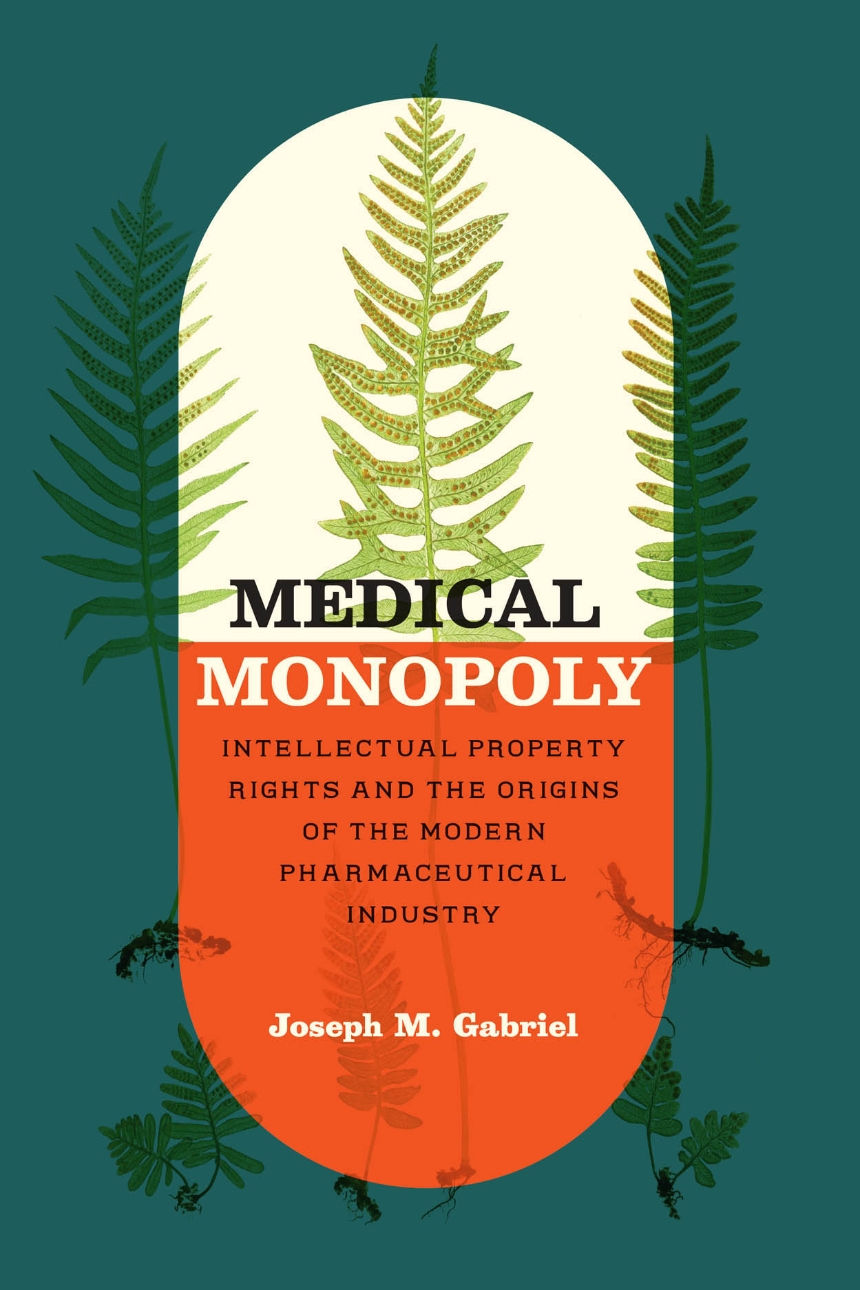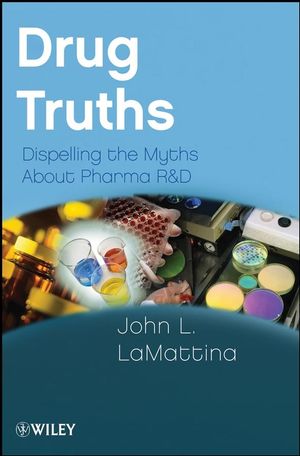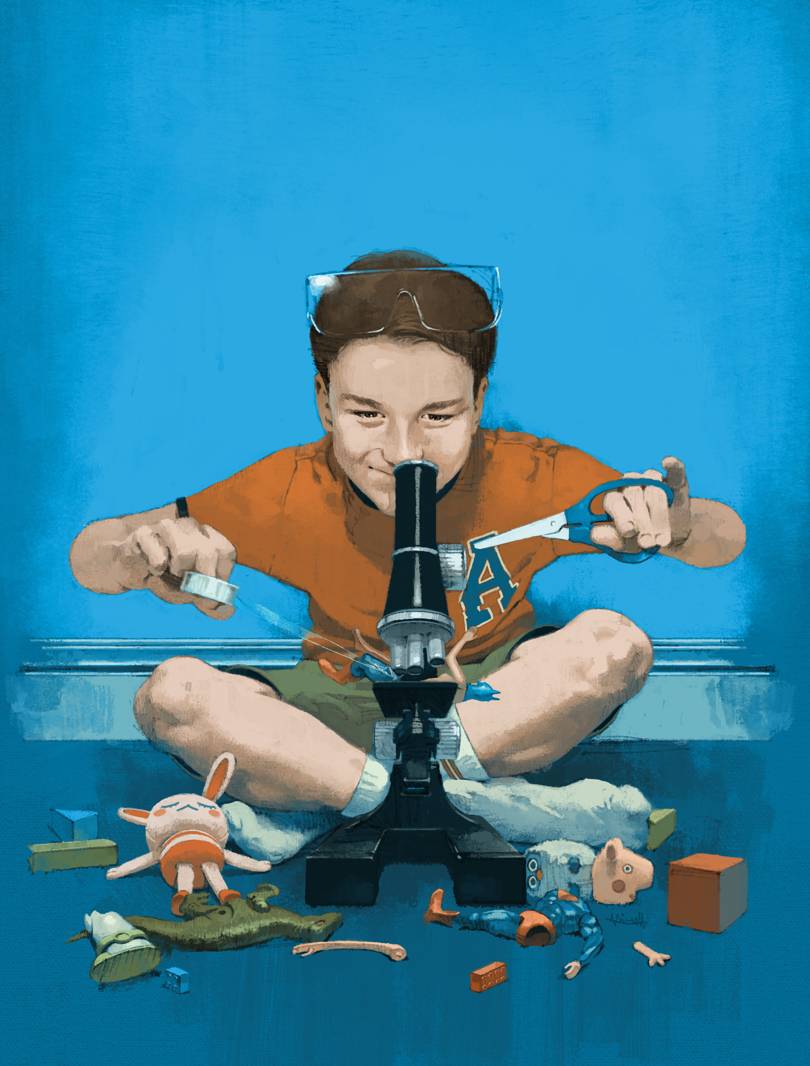Knowledge accumulation and industry evolution: the case of Pharma-Biotech
Llibre resumit amb IA
El llibre "Knowledge accumulation and industry evolution: the case of Pharma-Biotech" editat per Giovanni Dosi i Mariana Mazzucato explora detalladament la dinàmica de la indústria farmacèutica i biotecnològica, amb un focus en la generació de coneixement, l'evolució del mercat, el comportament de les empreses i el paper de les institucions, les lleis i les regulacions.
La Introducció de Giovanni Dosi i Mariana Mazzucato estableix el marc del llibre, que pretén il·luminar aspectes importants dels processos evolutius que guien una de les indústries centrals de les economies modernes. El llibre busca estimular debats sobre la interpretació de la història i el rendiment de la indústria, així com els acords institucionals per als quals s'hauria de regir.
La Part I: Innovació i evolució de la indústria comença amb el capítol 2, "Pharmaceutical innovation as a process of creative destruction" de Frank R. Lichtenberg. Aquest capítol avalua com de destructiva és la destrucció creativa en la indústria farmacèutica, examinant l'impacte de la introducció de nous fàrmacs en la demanda dels antics dins de la mateixa classe terapèutica i en la mida total del mercat. També considera breument l'efecte de la introducció de nous fàrmacs en l'estructura del mercat. La major part del capítol intenta determinar com de creativa és la destrucció creativa, centrant-se en el benefici del consumidor. Taules com la 2.10 mostren la història de noves entitats moleculars aprovades dins de classes de fàrmacs seleccionades.
El capítol 3, "The evolution of pharmaceutical innovation" de Paul Nightingale i Surya Mahdi, explica i destaca un patró consistent de canvis dins dels processos de R+D farmacèutica que produeixen terapèutiques de "molècules petites". Es proposa una alternativa a la concepció tradicional de la "revolució biotecnològica". El capítol argumenta que els canvis en la innovació farmacèutica estan impulsats per la necessitat de difondre els creixents costos fixos i la naturalesa cada vegada més especialitzada del coneixement científic, creant un èmfasi en la integració del coneixement al llarg del procés de descobriment de fàrmacs, particularment entre R+D i màrqueting. La figura 3.1 il·lustra aquesta jerarquia de tradicions tecnològiques. Es destaca que les etapes més primerenques d'aquest canvi es van dur a terme en el sector públic.
El capítol 4, "Firm and regional determinants in innovation" de Massimiliano Mariani, investiga la influència de les competències de les empreses i la proximitat geogràfica en la producció d'innovacions a la indústria química europea, incloent-hi la biotecnologia i els productes químics tradicionals. L'anàlisi empírica utilitza dades de patents de l'Oficina Europea de Patents (EPO) entre 1987 i 1996, combinant informació de patents amb característiques de les empreses i regions. Es compara l'efecte de les característiques de l'empresa (com la mida, la intensitat de R+D i l'especialització tecnològica) amb les característiques regionals (com el nombre de laboratoris d'alta tecnologia i l'activitat de patent regional) en la probabilitat de produir patents molt citades. Les taules 4.2 i 4.3 presenten estadístiques descriptives i resultats de regressions binomials negatives. La secció 4.5 compara les externalitats geogràfiques en biotecnologia amb les de la indústria química tradicional. Les figures 4.1 i 4.2 mostren les característiques mitjanes de les empreses amb patents en ambdues categories. La taula 4.4 proporciona estadístiques descriptives per a ambdues categories.
La Part II: Creixement de l'empresa i estructura del mercat inclou el capítol 6, "Heterogeneity and firm growth in the pharmaceutical industry" d'Elena Cefis, Matteo Ciccarelli i Luigi Orsenigo. Aquest capítol investiga algunes propietats dels patrons de creixement de les empreses a la indústria farmacèutica. Es destaca que la qüestió del creixement de les empreses és interessant per si mateixa i per raons relacionades amb la dinàmica de l'innovació i l'evolució de l'estructura del mercat. El capítol argumenta que els resultats tradicionals sobre la llei de Gibrat podrien estar esbiaixats economètricament per la manca de consideració de la possible heterogeneïtat en les dades. S'utilitza una metodologia bayesiana per abordar aquesta heterogeneïtat. La taula 6.1 i la figura 6.2 presenten resultats sobre la velocitat de convergència. La secció 6.4 comprova la robustesa dels resultats utilitzant un conjunt de dades diferent i supòsits previs diferents. La figura 6.6 mostra la distribució industrial de les empreses amb un paràmetre específic. Les figures 6.9 i 6.10 mostren histogrames de dades replicades per comprovar el model.
El capítol 7, "Pharmaceuticals: growth, diversification patterns" de Giorgio Bottazzi, Fabio Pammolli i Andrea Secchi, presenta una àmplia gamma d'anàlisis sobre la indústria farmacèutica mundial, tenint en compte tant la dinàmica a curt termini de l'estructura sectorial com el comportament de les empreses individuals. Un dels objectius és comprovar si les regularitats empíriques ben conegudes que caracteritzen altres sectors també es mantenen en aquest cas. S'analitzen les distribucions de mida de les empreses i la seva dinàmica al llarg del temps, així com els patrons de diversificació. Les figures 7.3 i 7.4 mostren les relacions entre la mida de l'empresa i la volatilitat del creixement, així com la distribució de la mida de l'empresa. La figura 7.5 presenta les densitats empíriques de les taxes de creixement reescalades. La figura 7.9 examina la relació entre la mida de l'empresa i l'heterogeneïtat de la diversificació. La taula 7.1 mostra els pendents i els errors estàndard de l'ajustament lineal. La taula 7.2 presenta els coeficients estimats de la distribució de Subbotin asimètrica.
El capítol 8, "Entry, market structure, and innovation in a ‘history-friendly’ model of the evolution of the pharmaceutical industry" de Christian Garavaglia, Franco Malerba i Luigi Orsenigo, explora les relacions entre l'entrada, l'estructura del mercat i la innovació en la indústria farmacèutica, basant-se en un model "history-friendly" (HFM) previ. Els HFM són un enfocament per a la construcció de models econòmics evolutius formals que tenen com a objectiu capturar teories qualitatives sobre els mecanismes i factors que afecten l'evolució de la indústria i el canvi tecnològic i institucional, suggerides per la investigació empírica. La indústria farmacèutica es considera un subjecte ideal per a l'anàlisi "history-friendly". L'equació 8.3 defineix el "mèrit" d'un fàrmac. La figura 8.5 mostra la concentració global, mentre que la figura 8.6 il·lustra la concentració en cada categoria terapèutica. La figura 8.7 compara el nombre d'entrades potencials i empreses amb productes en la simulació estàndard i en el cas "continu". La figura 8.9 i 8.10 presenten resultats d'una simulació amb costos elevats.
El capítol 9 ofereix un comentari sobre el creixement de les empreses farmacèutiques per Boyan Jovanovic.
La Part III: Qüestions de política inclou diversos capítols que aborden temes relacionats amb la regulació, la propietat intel·lectual i l'impacte en la salut pública.
El capítol 10, "Patents, licensing, biomedical innovation" de Bronwyn H. Hall i Rosemarie Ham Ziedonis, investiga l'evidència sobre la "tragèdia de l'anticommons" a la investigació biomèdica causada per patents sobre descobriments "upstream" i eines de recerca. Els autors presenten resultats d'entrevistes amb empreses farmacèutiques i biotecnològiques per avaluar si es produeixen ruptures rutinàries en les negociacions sobre drets de propietat intel·lectual. Tot i que troben poca evidència de tals ruptures, observen que les patents sobre eines de recerca imposen una sèrie de costos socials i hi ha certa restricció d'accés. Es discuteix l'impacte de l'accés restringit a les eines de recerca en la innovació biomèdica. Es diferencien les eines de recerca segons la seva "upstreamness" i el seu abast.
El capítol 11, "Patents and public health: breast cancer" de Fabiana Orsi, Carmen Sevilla i Benjamin Coriat, examina l'impacte de les patents sobre la salut pública, centrant-se en el cas de les patents sobre els gens del càncer de mama. Es descriu l'estratègia adoptada per Myriad Genetics als Estats Units per a l'explotació de les seves patents i s'explora una extensió d'aquesta estratègia a les pràctiques franceses actuals. Es discuteix com les patents de gran abast sobre gens "upstream" poden afectar l'organització de la investigació i l'accés als tests genètics.
El capítol 12, "Competition, regulation, IP management in GM foods" de Pierre Regibeau i Kathy Rockett, se centra en la estructura i el comportament de la indústria dels aliments modificats genèticament (GM). Els autors presenten els resultats d'una enquesta realitzada a empreses, universitats i agències governamentals als Estats Units, Canadà i Europa per comprendre millor les qüestions de competència, regulació i gestió de la propietat intel·lectual en aquest sector. Es discuteixen les hipòtesis sobre la definició de la indústria, la concentració del mercat i el paper de la propietat intel·lectual.
El capítol 13, "Regulatory strategies, firm behaviour and innovation in the agrochemical industry: comparing pesticide regulation in the United States and the European Union" de Joyce Tait, James Wilsdon, Pam Garside i Julia Calvert, compara les estratègies regulatòries per als pesticides als Estats Units i la Unió Europea i il·lustra l'impacte diferencial de diverses categories de polítiques sobre les estratègies corporatives i els compradors potencials. La figura 13.1 mostra "pastanagues i bastons" de les polítiques, mentre que la figura 13.2 presenta les dimensions de la política de pesticides des de la perspectiva de la indústria agroquímica.
El capítol de conclusió, "Knowledge accumulation, regulation, and appropriability in the pharma-biotech sector: policy issues" de Luigi Orsenigo, Giovanni Dosi i Mariana Mazzucato, reflexiona sobre les implicacions polítiques associades a la dinàmica del coneixement i la seva influència en les empreses i les estructures de la indústria farmacèutica i biotecnològica. Es discuteixen temes com l'apropiabilitat, la regulació i el futur del procés d'innovació en aquest sector.




